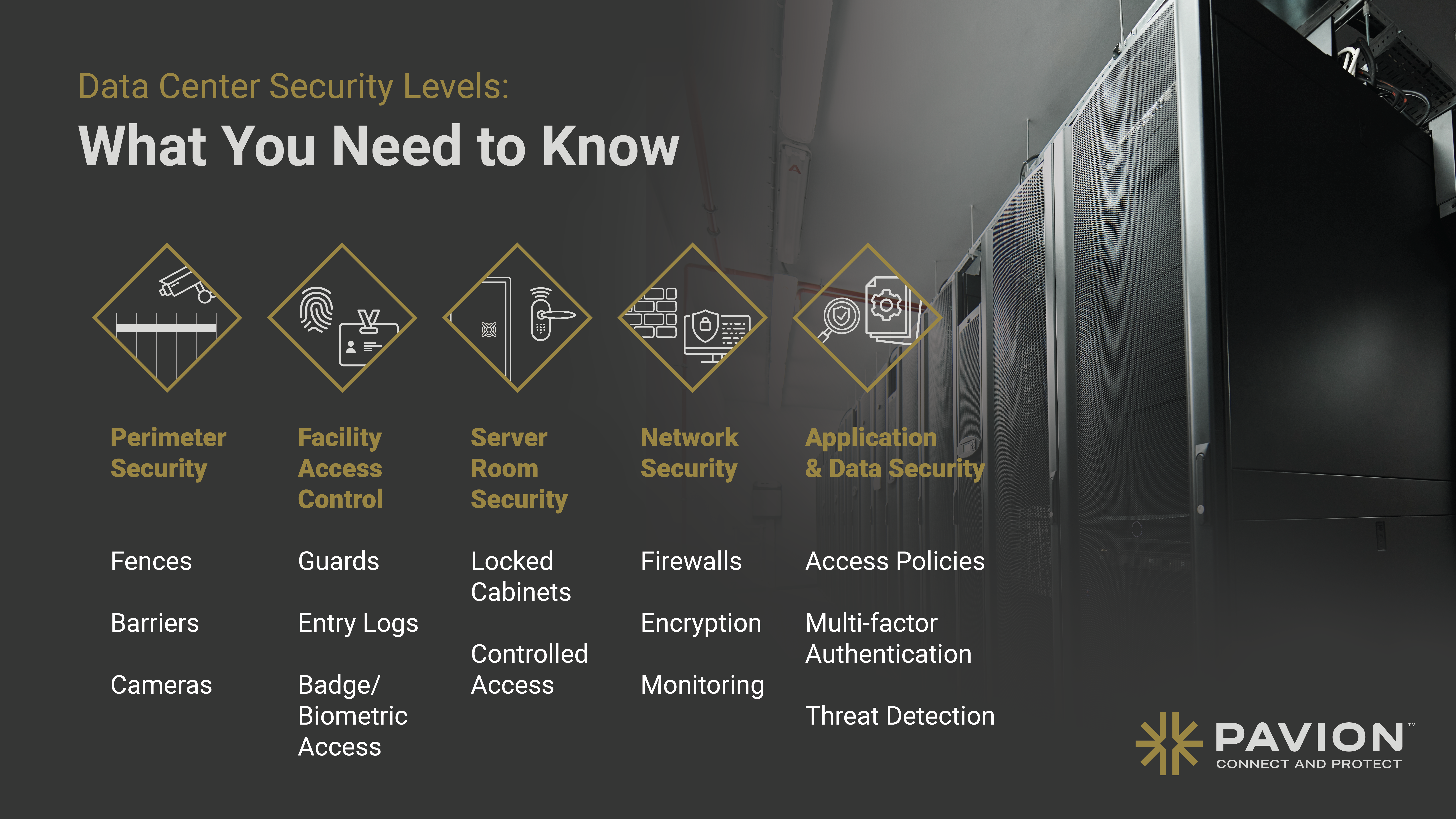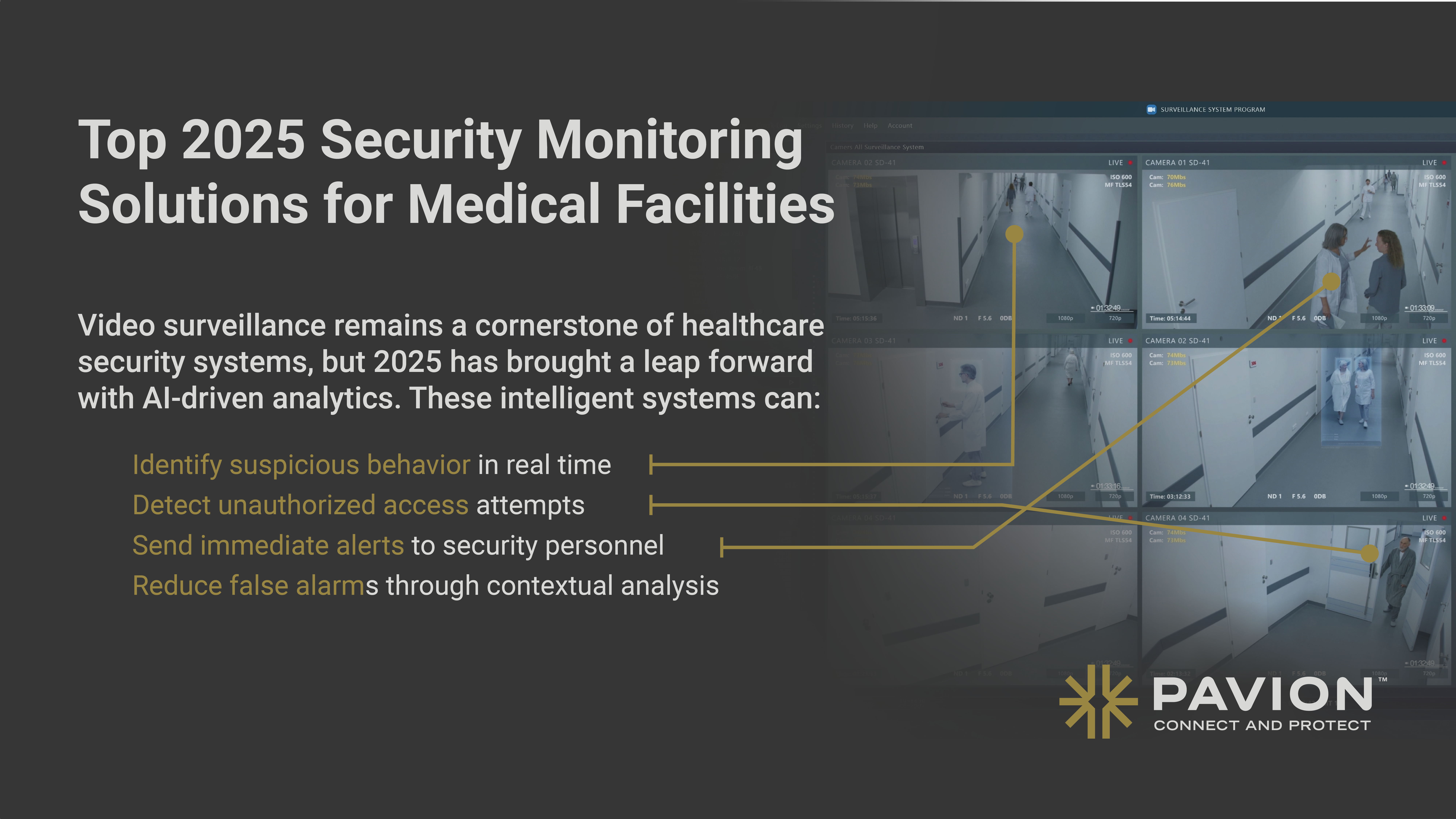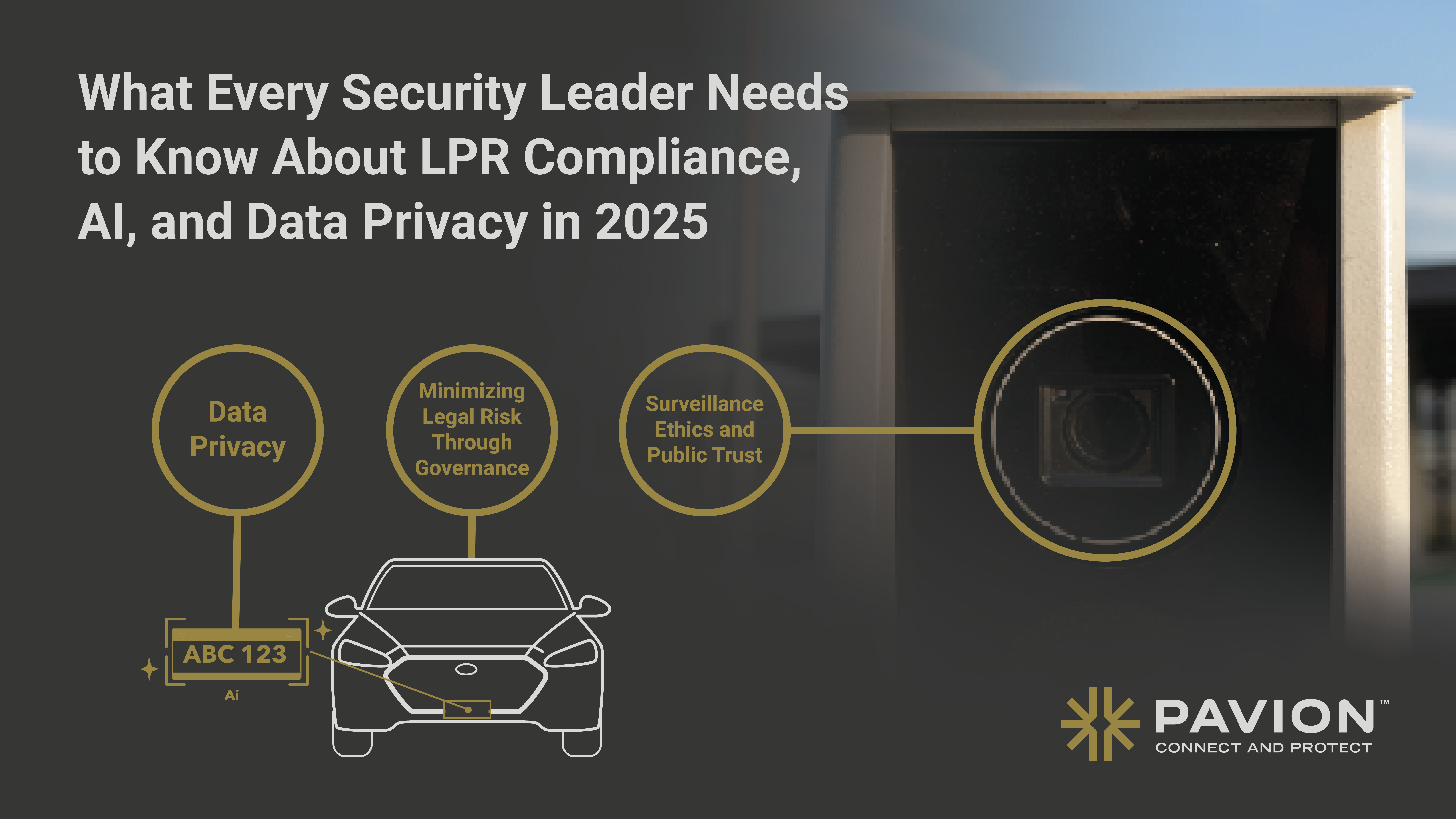
Video Surveillance Compliance: Navigating Privacy and Legal Requirements
In the realm of security and surveillance, video monitoring systems play a pivotal role. However, the implementation of these systems is not without its challenges. Privacy concerns and legal requirements can often pose significant hurdles. Pavion, a specialist in this field, provides insights into navigating these complexities.
Understanding the Legal Landscape
Before deploying a video surveillance system, it is crucial to understand the legal landscape. Laws and regulations vary by country, state, and even city, and non-compliance can result in hefty fines or legal action. Understanding these laws is the first step towards compliance.

For instance, in many jurisdictions, it is illegal to record conversations without the consent of all parties involved. Similarly, certain areas may be considered private, and surveillance in these areas could infrive on privacy rights. It is essential to consult with a legal expert or conduct thorough research to ensure your surveillance practices are within the bounds of the law.
Navigating Privacy Concerns
Privacy concerns are another significant consideration when implementing video surveillance systems. While these systems are designed to enhance security, they must also respect individual privacy rights. Striking a balance between these two aspects can be challenging.
One way to navigate this is by implementing clear policies and procedures around video surveillance. This includes informing individuals that they are being monitored, the reasons for this monitoring, and how the footage will be used and stored. Transparency in these processes can help alleviate privacy concerns.
Another strategy is to limit the scope of surveillance to areas where there is a legitimate security concern. Avoiding surveillance in areas where individuals have a reasonable expectation of privacy can further help in maintaining a balance between security and privacy.
Compliance with Specific Regulations
There are several specific regulations that organizations need to be aware of when implementing video surveillance systems. Non-compliance with these regulations can lead to legal repercussions.
Data Protection Regulations
Many jurisdictions have data protection regulations that apply to video surveillance. These regulations dictate how video footage should be stored, who can access it, and how long it can be retained. Non-compliance with these regulations can result in significant penalties.
For instance, the General Data Protection Regulation (GDPR) in the European Union has specific requirements for video surveillance. Organizations must ensure that their surveillance practices comply with these requirements to avoid hefty fines.
Fire Safety Regulations
Fire safety regulations can also impact video surveillance systems. For example, surveillance equipment should not obstruct fire safety equipment, such as EST3 and EST4 fire control panels manufactured by Edwards. These panels unify fire alarm, smoke control, security, and mass notification systems, and their accessibility should not be compromised by surveillance equipment.
Moreover, in the event of a fire, video surveillance systems can assist in evacuation efforts and in investigating the cause of the fire. Therefore, these systems should be designed and maintained in a way that supports fire safety efforts.
Best Practices for Video Surveillance Compliance
While navigating the legal and privacy landscape can be challenging, there are several best practices that can guide organizations in achieving compliance.
Firstly, organizations should conduct a thorough risk assessment before implementing a video surveillance system. This assessment should identify potential legal and privacy risks and propose mitigation strategies.
Secondly, organizations should develop clear policies and procedures around video surveillance. These policies should cover aspects such as when and where surveillance is conducted, how footage is stored and used, and how individuals’ privacy rights are protected.
Finally, organizations should regularly review and update their surveillance practices to ensure ongoing compliance. This includes staying updated on changes in laws and regulations, as well as technological advancements in the field of video surveillance.
In conclusion, while video surveillance systems can enhance security, they also present significant legal and privacy challenges. By understanding the legal landscape, navigating privacy concerns, complying with specific regulations, and following best practices, organizations can effectively implement these systems while ensuring compliance.
Secure Your Compliance with Pavion
Understanding the intricacies of video surveillance compliance is just the beginning. Let Pavion be your partner in connecting and protecting your organization with our comprehensive fire, security, and integration solutions. Take the first step towards clarity and transformation in safety and security by getting a Free System Assessment today. Our dedicated team is ready to serve you with industry-leading experience and radical service, ensuring your video surveillance systems meet all legal and privacy requirements.


